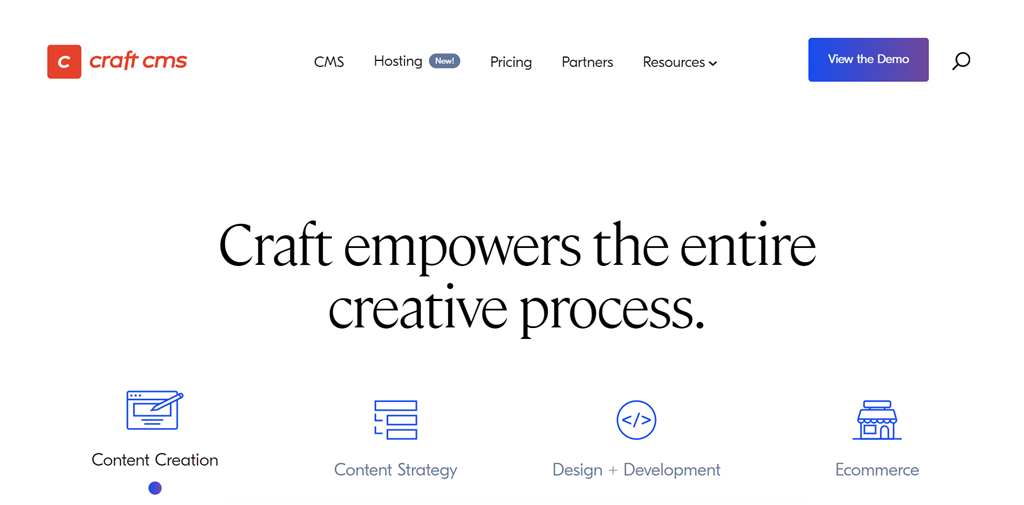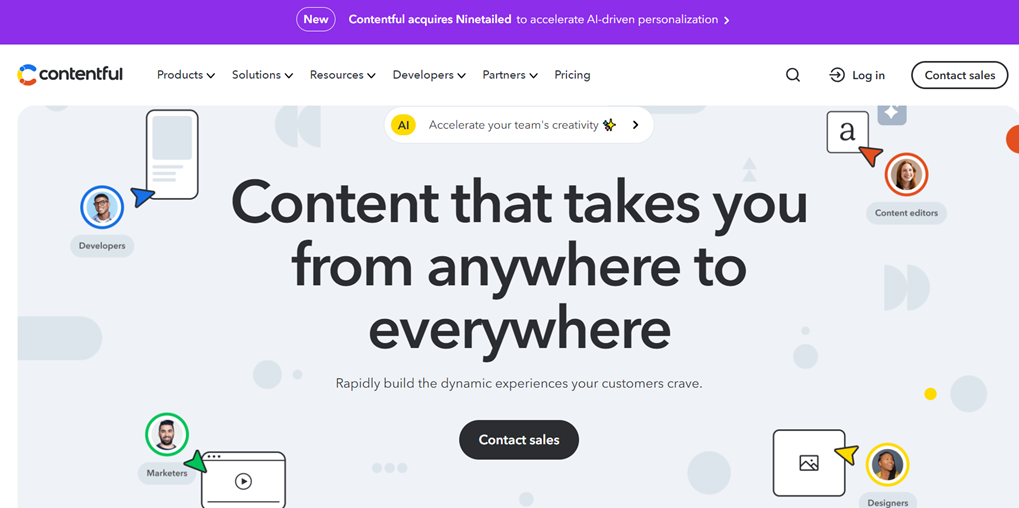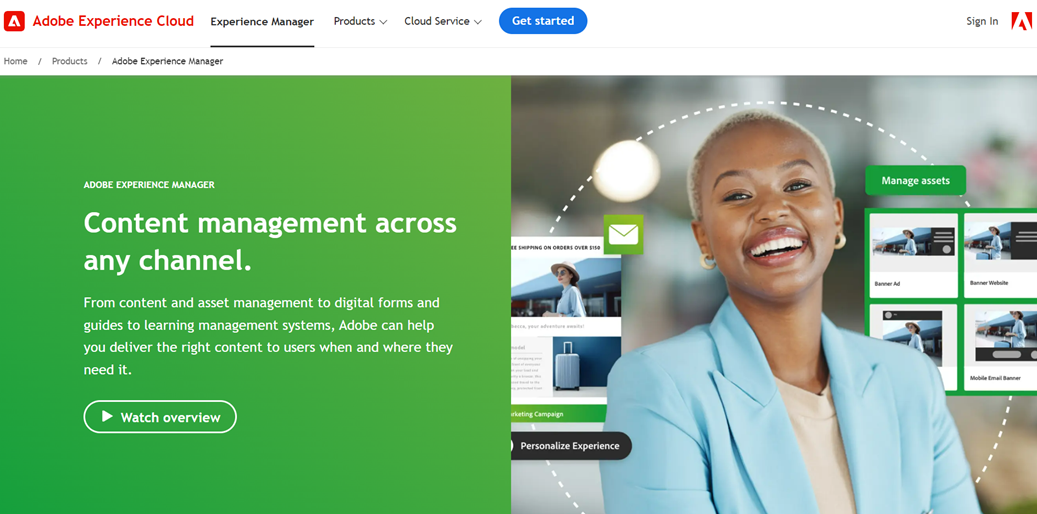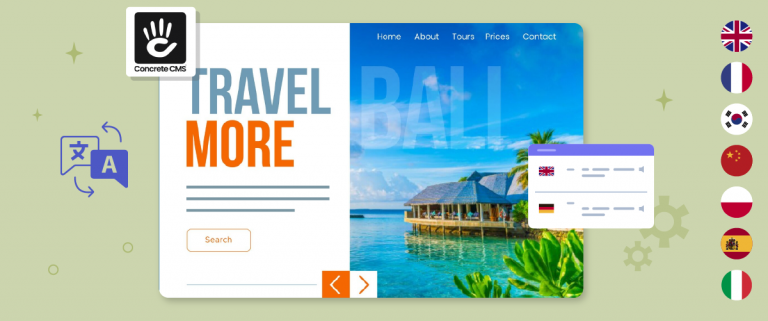Choosing the right multilingual CMS can help those of you who want to create a multilingual website and reach global customers. This can simplify the process of translating and managing content in multiple languages . But with so many options available, how do you choose the best one for your website translation needs?
However, each CMS certainly offers features and has advantages and disadvantages. This article will help you choose a multilingual CMS that suits your needs. Let’s start!
The benefits of using multilingual CMS

Using a multilingual CMS on your website is the right decision, as it can provide several benefits for your business.
- Content management efficiency: Easily update and synchronize content across multiple language versions from one centralized dashboard, saving time and resources.
- Multilingual SEO: Improve search rankings in different countries and languages, expanding online visibility and bringing in more organic traffic.
- Flexibility: It allows content customization for different cultures and local markets, not only word-for-word translation but also context adaptation and language nuances.
- Easy setup: Offers an intuitive interface for managing translations, allowing non-technical teams to manage multilingual content without the need for specialized programming skills.
The essential features of a multilingual CMS that you must be

Each CMS offers various features, but not every CMS has complete features. However, to make managing your content easier, the following features are highly recommended in the CMS you choose.
- Ability to handle multiple languages – A good CMS should support not only languages that use the Latin alphabet but also languages with different scripts, such as languages written from right to left. Features that allow users to switch languages easily in the user interface, such as intuitive language selection buttons, are essential.
- Content consistency – Ensure your CMS is consistent so that when one language is updated, all other versions are updated accordingly. This ensures that the information presented to users remains aligned across the site.
- User-friendly interface – A CMS with a friendly interface is a plus because it will be easier for users to operate (especially beginners)
- Flexible URL structure – A good CMS allows you to use subdirectories like “/id/” or subdomains like “id.yourwebsite.com” for each language version. This choice allows you to optimize navigation and search engine indexing.
- Adapting localization – A sophisticated CMS not only translates content but also helps customize it based on local culture. This includes date formats, currency, and other adjustments relevant to audiences in different countries so that the content feels more contextual and local.
- Multilingual SEO optimization – Make sure the CMS you choose provides built-in SEO features, including hreflang tags, translated metadata, and custom sitemaps for each language. This is essential for your site to rank well on various search engines in all languages.
How to choose the best multilingual CMS for your needs?

Choosing the right multilingual CMS might be a difficult thing. But don’t worry. We’re going to help you simplify this process. Imagine you’re shopping for new shoes. You wouldn’t just pick one, would you? You’ll consider size, style, comfort,
Here, we will give you some questions you should answer before deciding on a multilingual CMS.
- Do you prefer open-source or paid CMS?
- How important is built-in language support to you? Or do you prefer the flexibility of plugins?
- Which languages do you need? Make sure your chosen CMS supports them.
- How often will you update your site? If so, consider the ease of content translation.
- What’s your budget? Don’t forget to factor in additional costs like plugins or professional services.
- How technically proficient is your team? Make sure the CMS you choose matches your team’s capabilities.
- Can it integrate with other tools or services you use?
Remember, there is no perfect CMS for everyone. Your goal is to find the one that best suits your current and future business needs. By answering these questions, you’ll be better equipped to make the right decision.
Key factors to consider for a multilingual CMS
After answering the questions above, you need to know the important factors to consider when choosing a multilingual CMS.
Global site structure

Your website should be designed with a clear hierarchical structure and support different versions for each country or language. Some of the structures you can choose from include.
- Subdomains (e.g., fr.yourwebsite.com)
- Subdirectories (e.g., yourwebsite.com/fr/)
- Country-specific domains (e.g., yourwebsite.fr).
Each of these structures allows your site to deliver content that’s localized and relevant to the visitor’s specific region or language.
It’s important to consider how users from different countries navigate your site. Your site should offer intuitive language-switching options, ensuring users can easily find content in their preferred language. Additionally, keeping the structure flexible for future expansions will help you efficiently scale your site as your business grows internationally.
Language localization features

When selecting a multilingual CMS, prioritize platforms with robust language localization features. These include automated translation options, manual language switching, and the ability to customize content for different regions. A great multilingual CMS will allow you to fine-tune content to fit local cultures, customs, and languages, giving your users an experience that feels personalized and authentic.
One tool to consider for automatic translations is Linguise, which integrates with your CMS to automate translations while maintaining high-quality results. It allows your site to instantly provide content in multiple languages without manual input, offering a seamless, user-friendly experience.
API integration

API integration’s main benefits are efficiency and accuracy. It enables real-time synchronization between your CMS and the translation service, reducing the risk of human error and saving time.
Therefore, make sure that the CMS you choose offers strong API integration with the website translation service you will use later. If you are looking for a website translation service that has good API integration with various CMS, one of them is Linguise.
Managing multilingual content

A multilingual CMS should provide tools to categorize and filter content by language, making it easy to track which versions are live and which need updating. This helps prevent outdated translations from staying on your site, which can negatively impact user experience and trust.
Frequent updates and content reviews are crucial to maintaining a high standard across all languages. Consider creating a content calendar for each region, ensuring regular updates in line with local trends, seasons, and holidays. Staying on top of your content will allow you to engage with your global audience meaningfully and keep your messaging consistent across borders.
Optimizing international SEO
A good CMS should provide tools to handle crucial aspects of multilingual SEO. This includes easy management of hreflang tags, which inform search engines about the different language versions of your pages.
A CMS should also support features such as multi-language sitemaps and the ability to customize content based on the user’s location. Proper international SEO optimization can increase your site’s visibility in various global markets.
5+ The best multilingual CMS for your website translation
Now that you know the factors to consider, here are some of the best multilingual CMS options you can consider.
WordPress

The first best multilingual CMS was WordPress, which currently controls more than 64% of the CMS market. This overwhelming popularity is not without reason. With its trademark flexibility and ease of use, WordPress offers a powerful solution for a wide range of website needs, including multilingual sites.
With thousands of plugins available, you can easily turn WordPress into a powerful multilingual CMS. Popular plugins like WPML, Polylang, or TranslatePress allow you to translate posts, pages, tags, categories, and even themes into as many languages as you need.
Key features:
- Support for PO and MO files for manual translation
- Integration with various translation plugins
- Visual interface for translating content (with plugin)
- Automatic multilingual SEO optimization (with plugin)
Pros:
- Very wide ecosystem of plugins and themes
- High level of customization
- User-friendly interface
- A large community of users and experts
- Excellent SEO capabilities
Cons:
- Requires plugins for strong multilingual functionality
- Setup can be complex with multiple plugins
- Performance can suffer if not well-optimized
Drupal

Drupal is often a favorite choice of developers due to its flexible Views, architecture and strong multilingual support right out of the box. It’s a great choice if you need an extensive language foundation without the need for additional plugins.
The platform can detect the user’s preferred language through various methods, including URL, session, browser settings, or user account preferences. You can also translate not only content but also configuration elements and the admin interface.
Key features:
- Automatic language negotiation
- Content translation for multiple entities
- Configuration and interface translation
- Language-specific themes
Pros:
- Strong multilingual capabilities without the need for additional plugins
- High security and scalability
- Suitable for complex and large-scale websites
- Strong expert community support
Cons:
- Not beginner friendly
- It may be too complex for small websites
- More limited theme and plugin options than WordPress
Craft CMS

Craft CMS is aimed at users who want deeper control and more robust performance from their content management tools. As a hybrid CMS, Craft lets you combine both monolithic and headless CMS features when building your front end. With the translation plugin for Craft, you can launch and manage multilingual Craft sites more quickly and efficiently.
Key features:
- Support for multiple locales
- Flexible content translation
- Integration with professional translation services
- Cross-language content version management
Pros:
- High flexibility and customization
- Strong performance for complex sites
- Intuitive interface for content management
- Suitable for projects that require a headless approach
Cons:
- Higher learning curve than traditional CMSs
- It may be overkill for small or simple projects
- Smaller plugin ecosystem than WordPress
Joomla

The next multilingual CMS is Joomla!, which offers a good balance between WordPress and Drupal. With built-in multilingual capabilities that are more comprehensive than WordPress yet less complex than Drupal, Joomla! is suitable for medium-sized projects that require strong language functionality without excess complexity.
The platform allows you to associate translated content items, which helps improve SEO and site usability. Joomla! also provides a built-in language selector and the ability to translate any string, including from extensions.
Key features:
- Associated content between languages
- Built-in language selector
- Full translation capabilities, including string overrides
- Automatic language selection based on browser settings
Pros:
- Strong built-in multilingual support
- Good balance between features and ease of use
- Easier to use than Drupal
Cons:
- Smaller ecosystem compared to WordPress
- Maybe less intuitive for beginners
- More limited choice of extensions for advanced multilingual functionality
- The interface is still not modern enough.
Contentful

Contentful is a headless CMS that offers content control from one central hub. As a developer-focused platform, Contentful enables the integration of hundreds of tools to build large-scale digital experiences.
With Contentful, you can manage multilingual content from the backend and distribute it to various channels through APIs. This CMS requires a fairly high level of technical configuration, so it is suitable for complex multilingual projects.
Key features:
- Centralized multilingual content management
- Powerful API for cross-platform content distribution
- Integration with various translation tools
- Ability to customize translation workflows
Pros:
- Highly flexible and customizable
- Ideal for large-scale multilingual projects
- Allows easy reuse of content
- Strong integration with various tools and services
Cons:
- The step learning curve for non-developers
- It may be too complex for small projects
- Requires deeper technical understanding
Adobe Experience Manager (AEM)

Adobe Experience Manager is a CMS specifically designed to meet the needs of large enterprises with complex multilingual requirements.
The platform enables content personalization based on language and regional preferences while maintaining brand consistency across global markets. With powerful digital asset management capabilities, AEM also ensures that images, videos, and other assets can be easily localized for various markets.
Key features:
- AI integration for digital experience optimization
- Support for human and machine translation workflows
- Flexible AEM Translation Framework
- Powerful multilingual digital asset management
- Content personalization by language and region
Pros:
- Very powerful and customizable for enterprise needs
- More than just a CMS, offering a robust and flexible system
- Ideal for large companies with complex multilingual needs
- Seamless integration with other Adobe products
Cons:
- Expensive license fees, even for medium-sized companies
- It may be too much for small companies or blogs
- Requires development experts for project setup and launch
- Requires high technical expertise
- No standard pricing plan requires customized negotiation
Conclusion
Choosing the right multilingual CMS is a crucial step for expanding your business and reaching a global audience. While each CMS offers unique features and benefits, the key is to select one that aligns with your specific needs and goals.
Remember to consider factors such as your team’s technical expertise, budget constraints, and the complexity of your project. By leveraging the power of a multilingual CMS, combined with advanced translation tools like Linguise, you can create a seamless and engaging multilingual experience for your website visitors. It also integrates with all the best multilingual CMSs and provides multilingual SEO optimization! Let’s create your Linguise account and enjoy the features!




